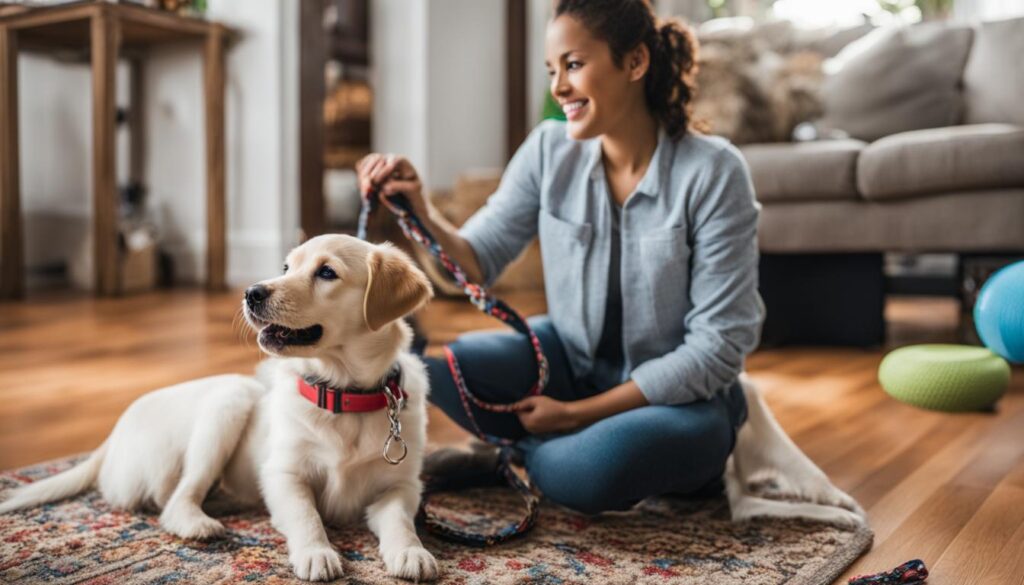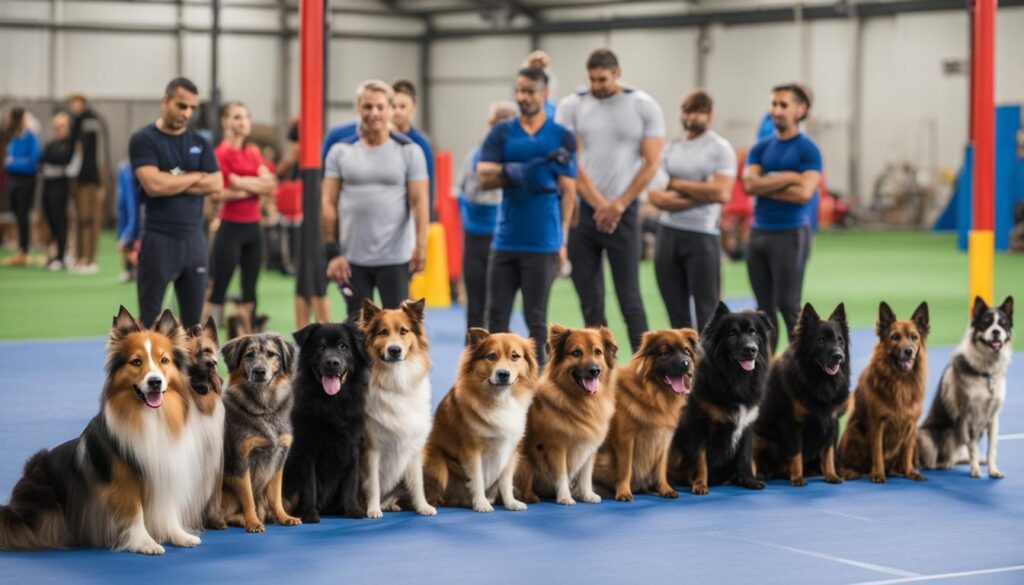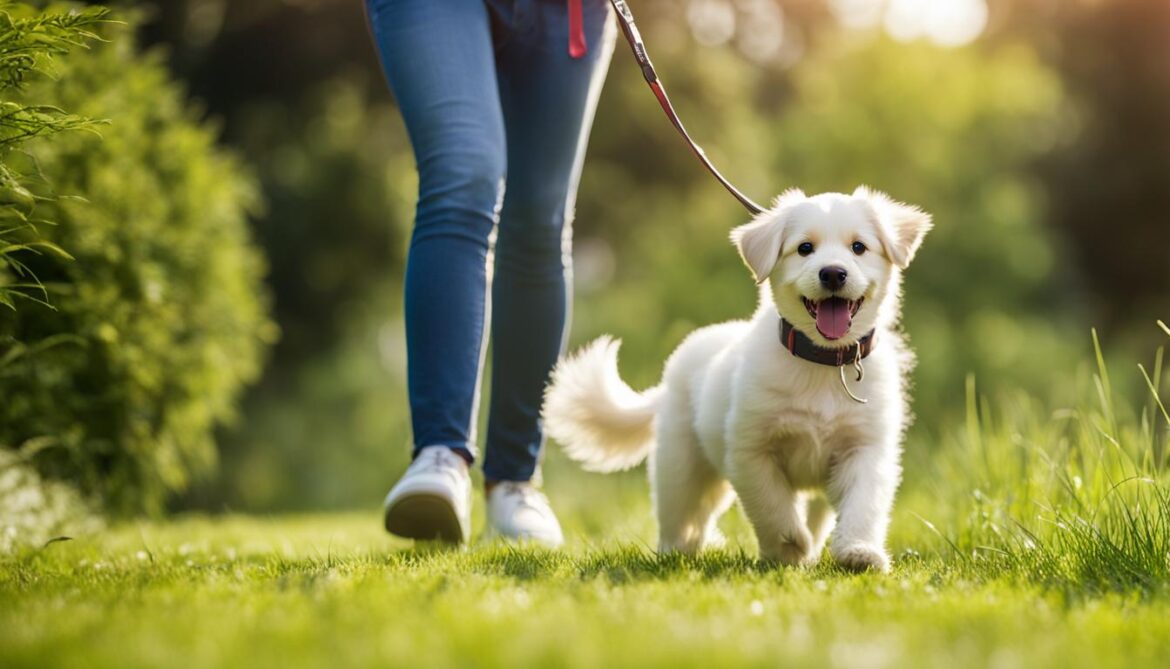Basic Obedience Commands for a Well-Behaved Dog
Dog obedience training is an essential part of responsible pet ownership. Teaching your furry friend basic obedience commands not only makes them easier to manage, but also helps to develop their cognitive abilities and strengthens your bond.
Positive reinforcement is a crucial aspect of training. This means rewarding good behavior instead of punishing bad behavior. Praise, treats, and affection are effective tools for motivating your dog to learn.
| Basic Command | Description | Tips |
|---|---|---|
| Sit | Teaches your dog to sit on command. | Hold a treat above your dog’s head and move it back. Their natural response will be to sit down. Once they sit, give the treat and say “sit.” |
| Stay | Teaches your dog to stay in a place until they are given a release command. | Start with a few seconds of staying before gradually increasing the time. Use a release command like “okay” before letting them leave their spot. |
| Come | Teaches your dog to come when called. | Start with a short distance and gradually increase it. Use a treat and excitement to motivate them. |
Practicing these basic commands is a great start to teaching obedience. As your dog progresses, you can add more commands and increase difficulty. Remember to be patient and consistent in your training to achieve the best results!
Leash Training for Dogs: Walking in Harmony
Walking your dog is an excellent way to bond and provide exercise for both you and your furry friend. However, if your dog exhibits unruly behavior while on a leash, it can quickly become a frustrating experience. The good news is that with proper leash training, you can teach your dog to walk calmly and obediently by your side.
Leash training is about more than just teaching your dog to walk on a leash; it’s also about correcting any negative behavior and reinforcing good habits. Here are some essential tips to help make leash training for dogs a success:
- Start small: If your dog is new to leash training, start with short walks in familiar surroundings. This will help your dog feel more comfortable and allow you to gradually introduce new surroundings and distractions.
- Use positive reinforcement: Reward your dog with treats, praise, and affection when they exhibit good behavior, such as walking calmly by your side. This will reinforce positive habits and encourage your dog to repeat them.
- Correct negative behavior: If your dog pulls on the leash or exhibits other unwanted behavior, correct them with a firm but gentle tug on the leash. Do not yell or use aggressive behavior, as this can be counterproductive and damage your relationship with your dog.
- Be consistent: Consistency is key in leash training. Stick to a routine and follow the same commands, rewards, and corrections each time you walk your dog.
By implementing these simple tips, you can transform leash training from a frustrating experience into an enjoyable one for both you and your dog.
“Leash training is about more than just teaching your dog to walk on a leash; it’s also about correcting any negative behavior and reinforcing good habits.”
Common Behavior Issues During Leash Training
There are several common behavior issues that may arise during leash training for dogs. Here are some of the most common issues and how to correct them:
| Behavior Issue | Correction |
|---|---|
| Pulling on the leash | Correct with a gentle tug on the leash, stop walking until your dog calms down |
| Jumping on people or other dogs | Correct with a firm “no” and gently move your dog away from the situation |
| Chewing or biting the leash | Replace the leash with a chew toy or use a bitter spray to discourage chewing |
| Barking or lunging at other dogs or people | Correct with a firm “no” and distract your dog with a treat or toy |
By addressing these common behavior issues with patience and consistency, you can help your dog learn to walk calmly and obediently on a leash.
House Training Tips for Dogs: Clean, Comfortable Living
House training your dog is an essential part of responsible pet ownership. A well-trained dog not only ensures a clean and comfortable living environment, but it also helps establish a strong bond between you and your furry friend. Here are some housebreaking tips for your dog:
Create a Routine
Dogs thrive on routines, so establish a regular schedule for feeding, potty breaks, and playtime. This helps your dog learn when it’s time to go outside and prevents accidents in the house.
Choose a Designated Potty Area
Designate a specific spot in your yard for your dog to do their business. Take your dog to that spot each time, and reward them with praise and treats when they go potty in the correct area.
Supervise Your Dog
Until your dog is fully house trained, keep a close eye on them. This allows you to catch any accidents in the act and redirect your dog to the designated potty area.
Patience is Key
House training takes time and patience. Accidents will happen, so try not to get frustrated with your dog. Instead, stay positive and consistent with your training methods.
By following these housebreaking tips, you can successfully train your dog to go potty outside and avoid accidents in the house. Remember to always use positive reinforcement and reward good behavior to create a happy and well-trained dog.

“Housebreaking a dog is like potty training a toddler – it takes patience, consistency, and lots of positive reinforcement.”
Advanced Dog Obedience Training : Excellence in Every Command
Now that your dog has mastered the basic obedience commands, it’s time to take your training to the next level with advanced obedience training. This type of training is crucial for building a strong bond with your dog and ensuring that they behave appropriately in any situation.
Advanced obedience training involves more complex commands, such as “heel,” “go to your bed,” and “leave it,” among others. These commands are designed to enhance your dog’s skills and behavior and help you maintain control in challenging situations.
One important aspect of advanced obedience training is understanding your dog’s behavior. This knowledge can help you identify any problematic behaviors and address them through training. For example, if your dog tends to bark excessively, you can use obedience training to teach them to stop barking on command.
Effective Techniques for Advanced Dog Obedience Training
So, what are some effective techniques for advanced dog obedience training? Here are a few:
- Use positive reinforcement: Just like in basic obedience training, positive reinforcement is essential in advanced obedience training. Reward your dog with treats, praise, and playtime when they follow commands correctly.
- Be consistent: Consistency is key in any dog training, but it’s especially true in advanced obedience training. Make sure you’re using consistent commands and rewarding your dog consistently.
- Be patient: Advanced obedience training can take time and effort, so be patient with your dog. Don’t get frustrated if they don’t grasp a command right away.
- Seek professional guidance: If you’re struggling with advanced obedience training or need additional guidance, consider seeking help from an experienced dog trainer. They can provide personalized advice and help you tailor your training to your dog’s needs.
Importance of Advanced Dog Obedience Training
So, why is advanced obedience training important? Here are a few reasons:
- Improved behavior: Advanced obedience training can help improve your dog’s behavior in a variety of settings, from walks in the park to crowded public spaces.
- Bonding: As you work with your dog on advanced obedience training, you’ll build a stronger bond with them. This can lead to a more fulfilling and enjoyable relationship for both of you.
- Safety: Advanced obedience training can help ensure your dog’s safety in hazardous situations. For example, if your dog knows the “come” command, you can call them back to you if they start to run towards a busy street.

“The best way to predict the future is to create it.” – Abraham Lincoln
Overall, advanced obedience training is an essential part of dog ownership. By using effective techniques and seeking professional guidance, you can help your dog reach their full potential and be a well-behaved and happy member of your family.
Conclusion
Congratulations on completing this article on dog obedience training! By now, you understand the essential components of effective dog training and the benefits it can bring to the life of your furry friend. Remember that obedience training is a journey, not a destination, and it requires ongoing effort and consistency.
Professional Dog Trainer
If you’re struggling with dog training or need extra guidance, consider seeking the help of a professional dog trainer. A professional dog trainer can assess your dog’s behavior, create a personalized training plan, and teach you the best dog training methods and techniques for your unique situation.
Positive Dog Obedience Training
Whether you’re practicing basic dog obedience commands or advanced techniques, positive reinforcement is key. When your dog behaves correctly, reward them with treats, praise, or affection to reinforce good behavior. Avoid using punishment or physical force, as this can damage the bond between you and your dog.
Best Dog Obedience Training Methods and Techniques
Remember that no two dogs are alike, and what works for one dog may not work for another. Be patient and experiment with different dog obedience training techniques to find what works best for your furry friend. Some popular dog training methods include clicker training, positive reinforcement training, and observational training.
Dog Obedience Training
Finally, dog obedience training for dogs is an investment in the well-being and happiness of your pet. Through consistent training, you can create a strong bond with your dog, improve their behavior, and develop a deeper understanding of their needs and personality. So, start your journey today, and enjoy a lifetime of obedience, joy, and companionship with your furry best friend!
FAQ
What are the basic dog obedience commands every dog should learn?
The basic obedience commands every dog should learn are sit, stay, and come. These commands provide a strong foundation for effective dog training and help establish a well-behaved canine companion.
How can I use positive reinforcement in training my dog?
Positive reinforcement is a powerful training technique that involves rewarding desired behaviors with treats, praise, or affection. By focusing on rewarding good behavior, you can motivate and encourage your dog to repeat those behaviors in the future.
What are some tips for leash training my dog?
When leash training your dog, it’s important to use consistent techniques and remain patient. Start with short walks in a familiar environment, reward your dog for walking calmly by your side, and gradually increase the distance and distractions. Remember to use positive reinforcement and avoid harsh corrections.
How can I house train my dog effectively?
House training your dog requires consistency and patience. Establish a routine for bathroom breaks, reward your dog for going outside, and supervise them closely indoors. Accidents may happen, but with perseverance and positive reinforcement, your dog will learn to associate the correct behavior with going outside.
What is advanced obedience training for dogs?
Advanced obedience training takes your dog’s skills to the next level. It focuses on refining commands, introducing new commands, and enhancing behavior in various situations. Advanced obedience training can include off-leash training, distance commands, and advanced tricks.
